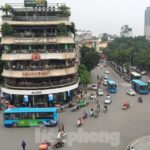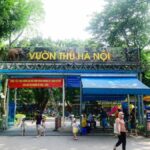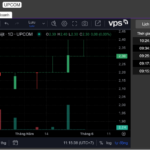Starbucks Vietnam’s New Store: A Strategic Choice
Starbucks Vietnam has recently expanded its presence in the country with the opening of its newest store in Hanoi. Strategically located on the first floor of the Hanoi Post Office building at 87 Dinh Tien Hoang, Trang Tien, Hoan Kiem, the store occupies a prime spot in the heart of the city.
This new location not only offers a direct view of Ho Guom Lake but is also nestled within the city’s long-standing cultural and tourist hub. Market surveys reveal that average rent in this area hovers around VND 260 million per month, underscoring the premium value of the real estate.
The new store’s location aligns with Starbucks’ brand direction
F&B expert Hoang Tung, with his extensive experience in the industry, affirms that this strategic move by Starbucks is a wise one, consistent with the brand’s long-term vision. Starbucks, according to Mr. Tung, has a penchant for iconic locations, architecturally distinctive spaces, and culturally or historically significant sites. This new store not only provides a refreshing view of the lake but also elevates the brand’s presence in the minds of consumers, especially those who cherish the unique Starbucks experience.
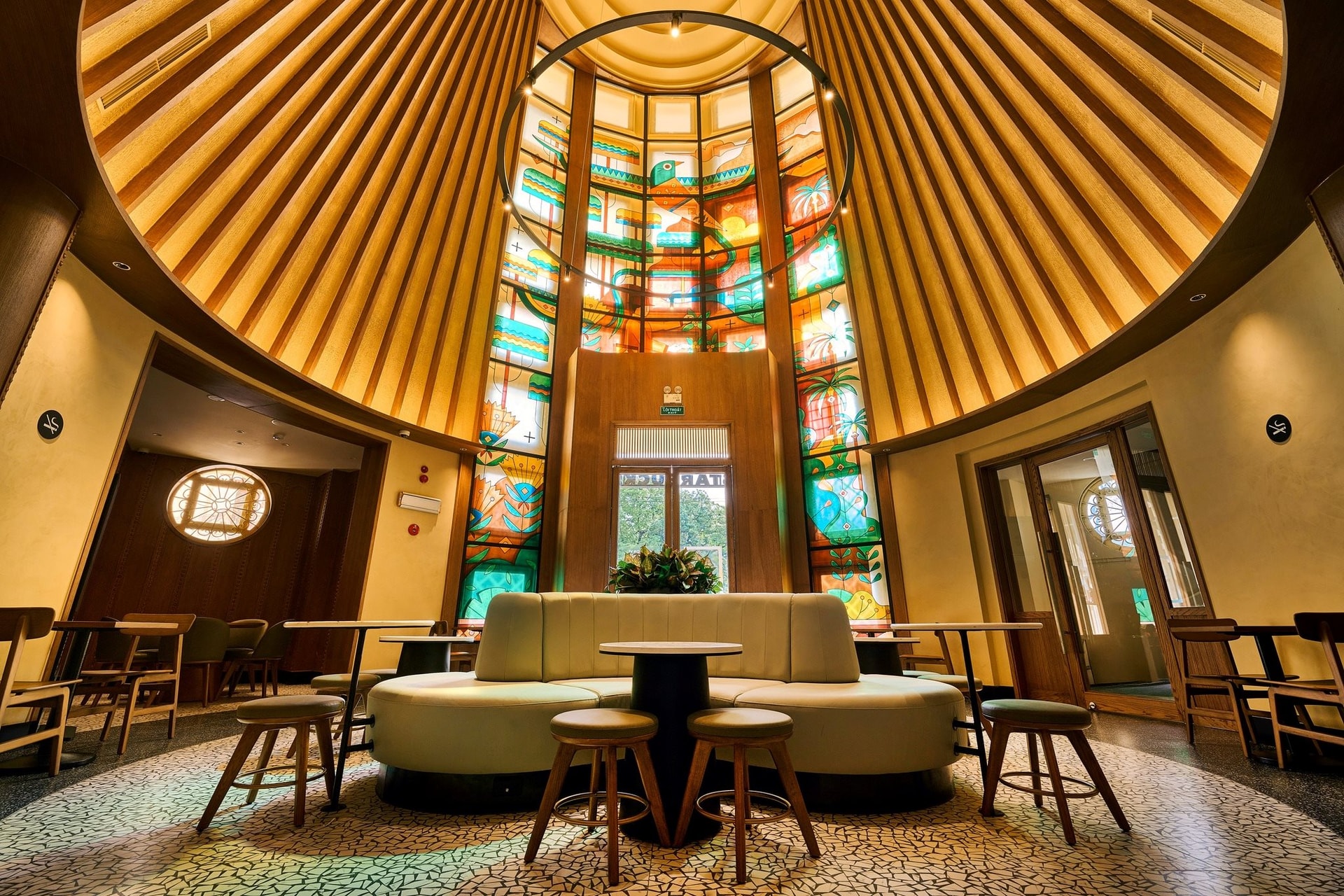
However, beyond its aesthetic and symbolic value, this location is exceptionally valuable due to the sheer number of people passing through daily. Mr. Tung highlights that the area around Ho Guom Lake boasts one of the highest footfall rates in Hanoi, attracting not only locals but also millions of domestic and international tourists. This natural influx of potential customers reduces the brand’s reliance on costly marketing campaigns, aligning with Starbucks’ successful global model of creating immersive experiences in prime locations.
Nonetheless, Mr. Hoang Tung emphasizes that in the F&B industry, location, while crucial, is secondary to the business model. A space is truly “beautiful” when it aligns with the brand’s operational strategy. For experiential chains like Starbucks, spacious and airy venues in areas frequented by middle to upper-class consumers are ideal. Conversely, brands adopting a lean model may not require large or prominent spaces.
Choosing the right F&B business location requires careful consideration
In reality, selecting a location for the F&B industry involves a multifaceted evaluation process. Beyond foot traffic, brand visibility plays a pivotal role. A store with a wide and easily visible storefront can serve as an effective outdoor advertisement. Conversely, a location with obstructed visibility, a narrow facade, or one nestled within a complex area can significantly hinder customer attraction, regardless of foot traffic. A customer’s ability to spot and recognize a store from a distance often precedes their decision to walk in.
Operational considerations are equally vital. An ideal space should offer a spacious sidewalk for customers to conveniently park their vehicles, disembark, and even allow for potential outdoor seating in the evenings. Leasing a spot next to a bank or administrative unit with a large and underutilized sidewalk at night can be advantageous. Conversely, locations lacking sidewalks or with very narrow ones can hinder service and detract from the overall customer experience.
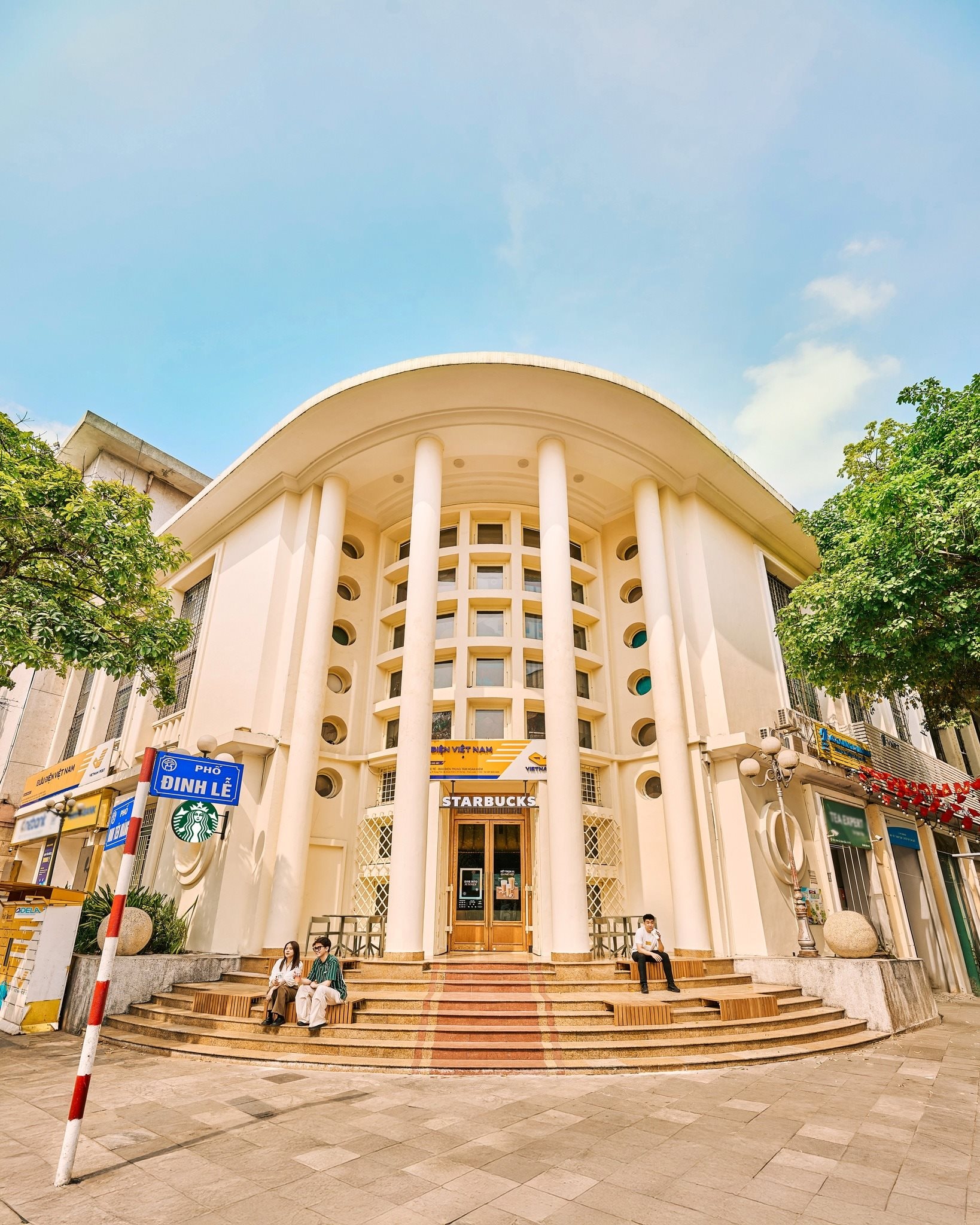
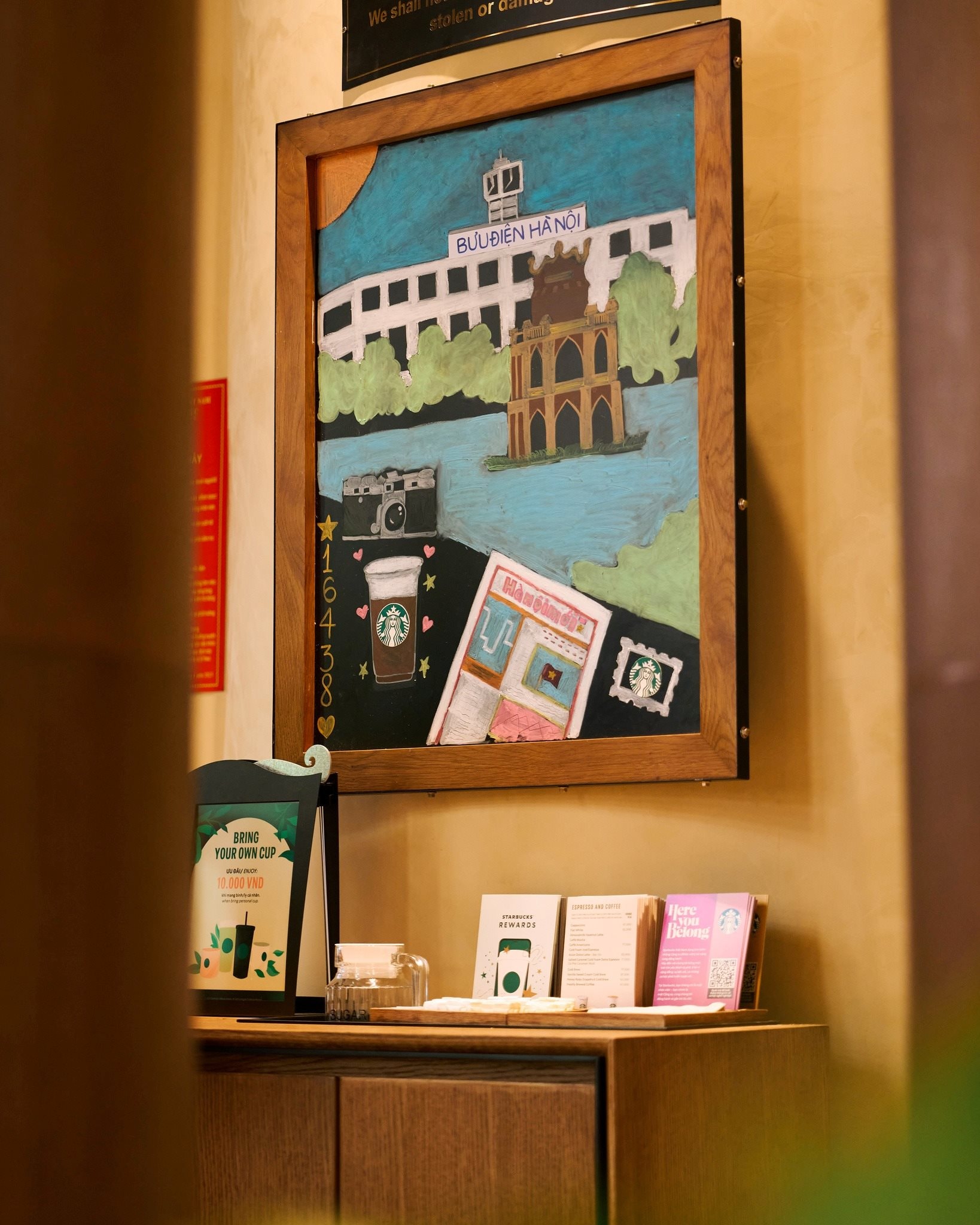
Legal aspects and landlord selection are also critical. Mr. Tung emphasizes that the ideal space should have clear legal documentation, and the lease should be signed directly with the property owner. Leasing through intermediaries or relatives can lead to potential disputes and hidden risks. Additionally, pay close attention to the contract terms; if the landlord imposes unreasonable demands, such as sudden rent increases or stringent restoration clauses, it’s best to walk away.
Another crucial consideration is the lease term. A period of less than three years may not provide sufficient time to recoup investments, especially considering the substantial initial costs incurred by prominent brands like Starbucks for design and setup. Furthermore, carefully assess the surrounding area for any future construction plans, road expansions, or projects that could impact business operations.
Lastly, while often left for last, the rent is a deciding factor. Even the most beautiful space with all the right conditions becomes impractical if the rent exceeds the financial threshold. While brands focused on building their image may accept short-term losses for increased brand awareness, profitable and sustainable businesses must ensure that the rent aligns with their financial goals.
A Brighter Future: Joining Starbucks Vietnam on the Journey Towards Sustainability
Starbucks Vietnam is committed to refining its business growth strategy, striking a harmonious balance between financial goals and environmental, social responsibilities through a myriad of meaningful initiatives.
The Golden Land on Han Thuyen Street Remains Vacant a Month After Starbucks Reserve’s Departure, Owner Offers to Sell at a Hefty Price of $134,500/sq. m.
After a month of struggling to find tenants, some brokerage firms have decided to adjust their terms: Rent prices are now negotiable.



























